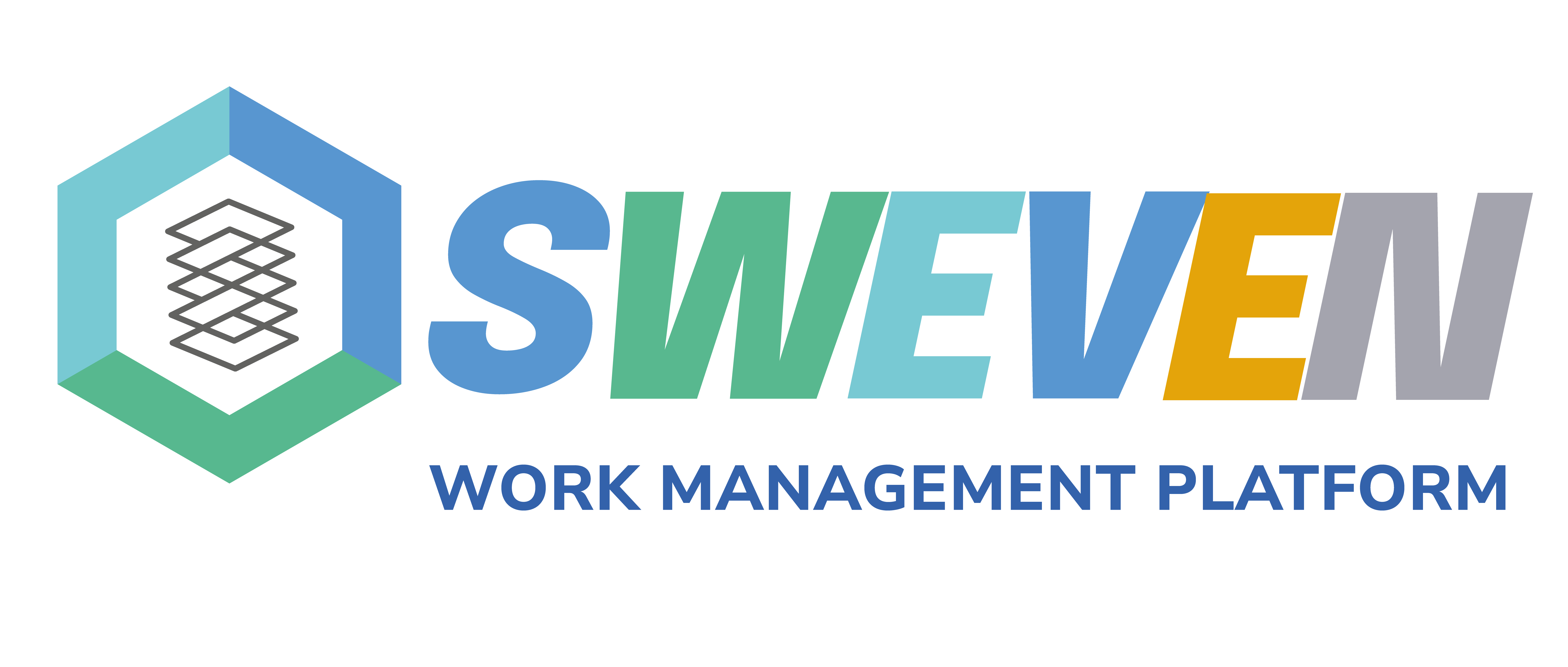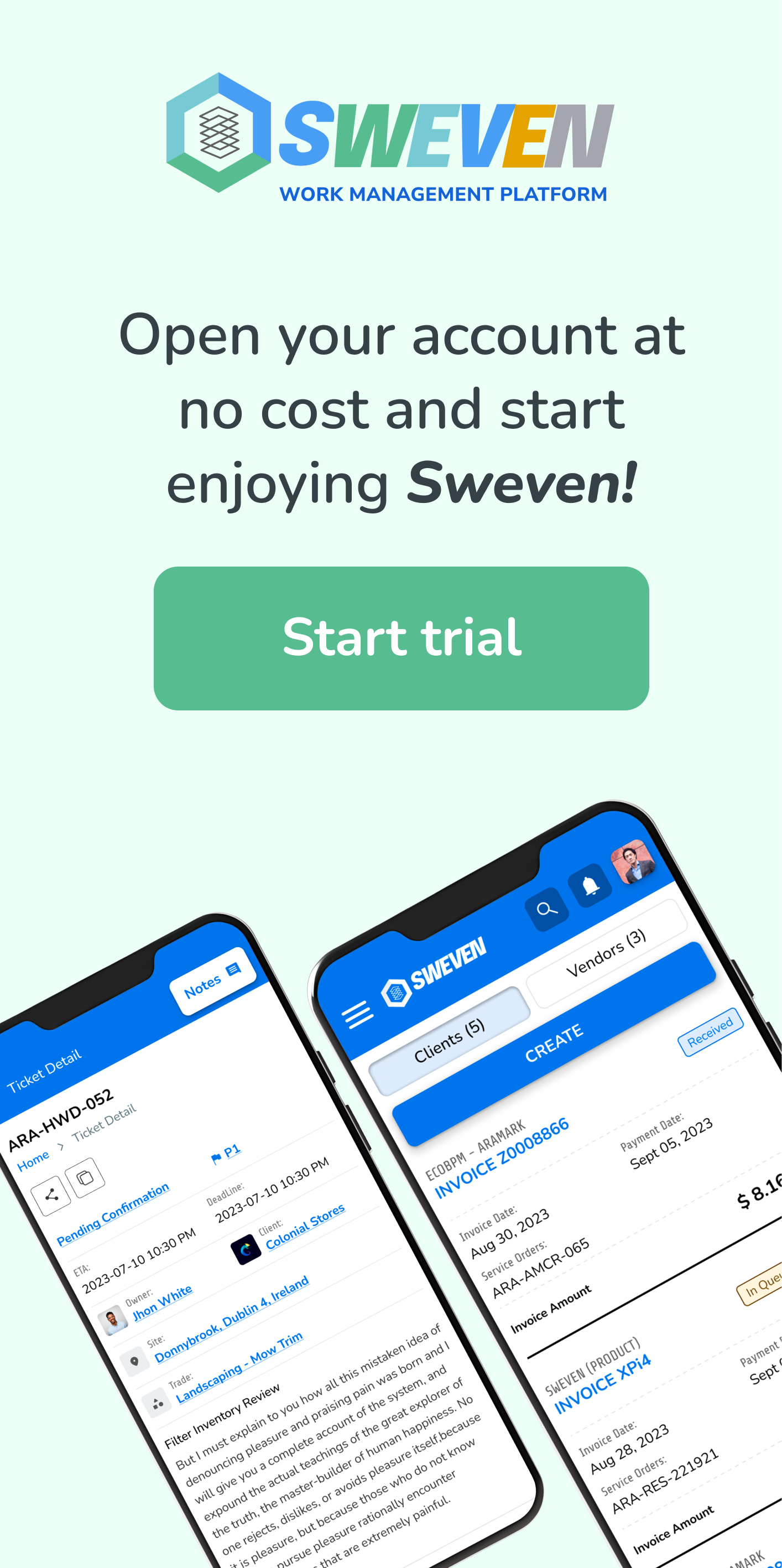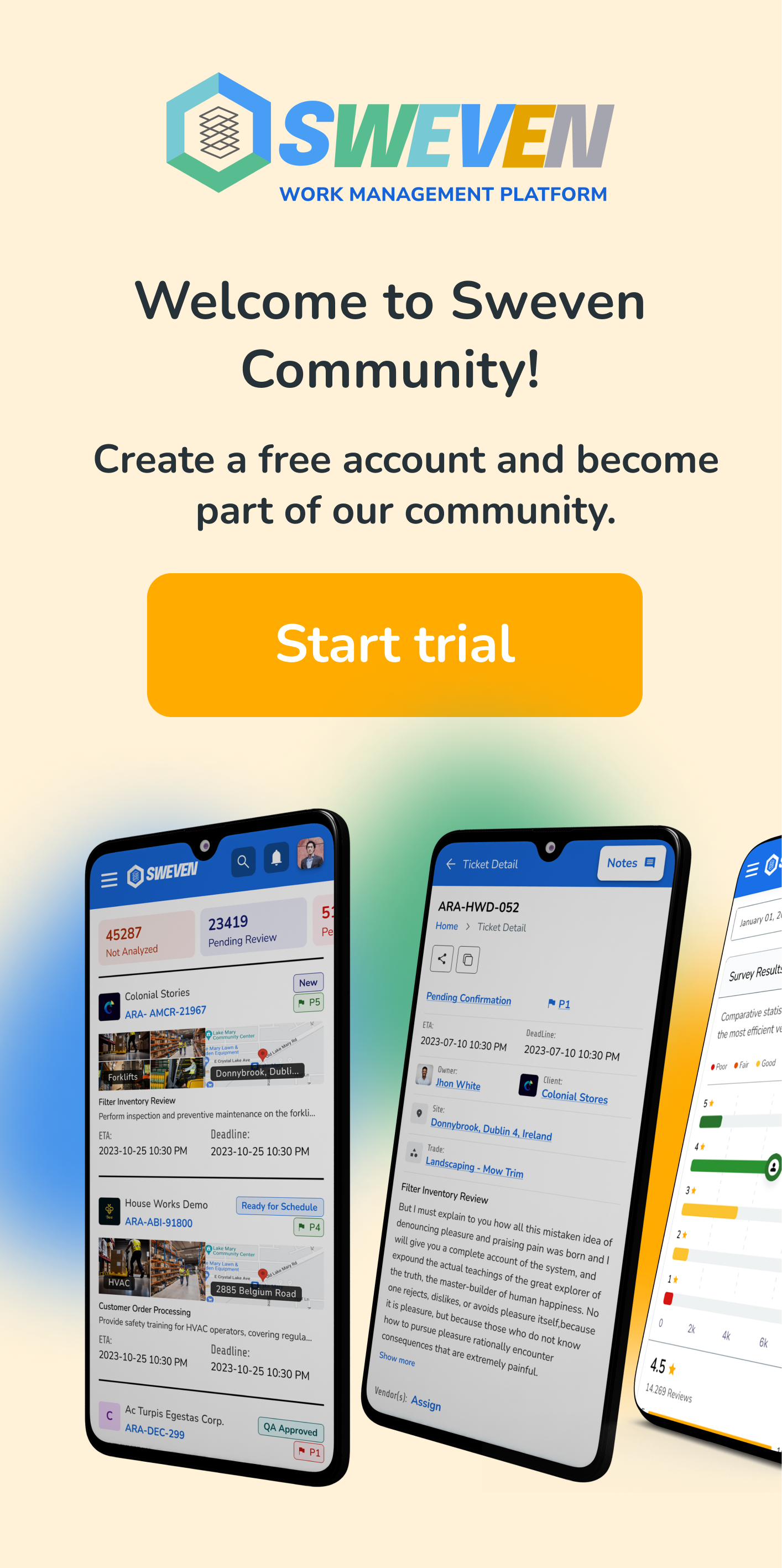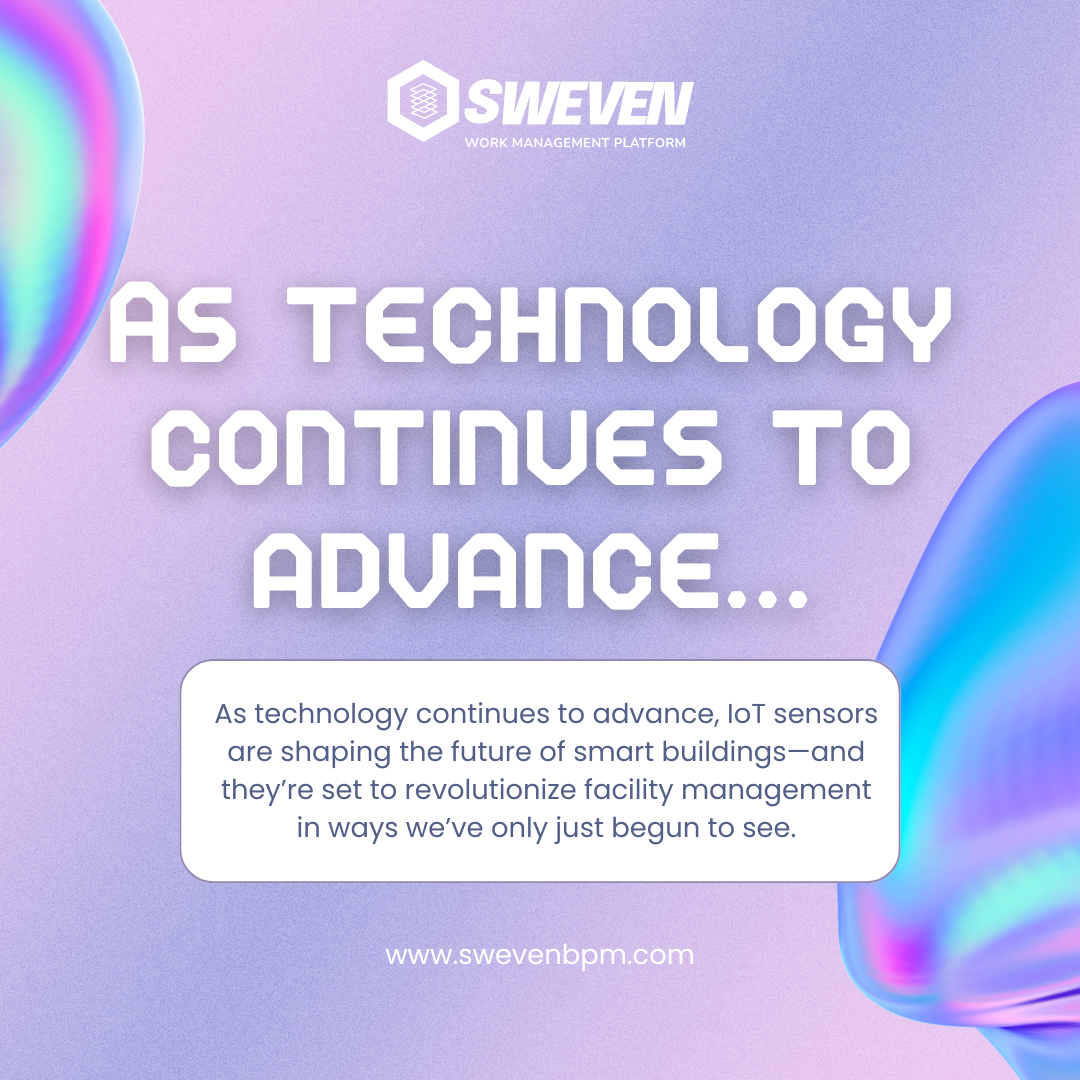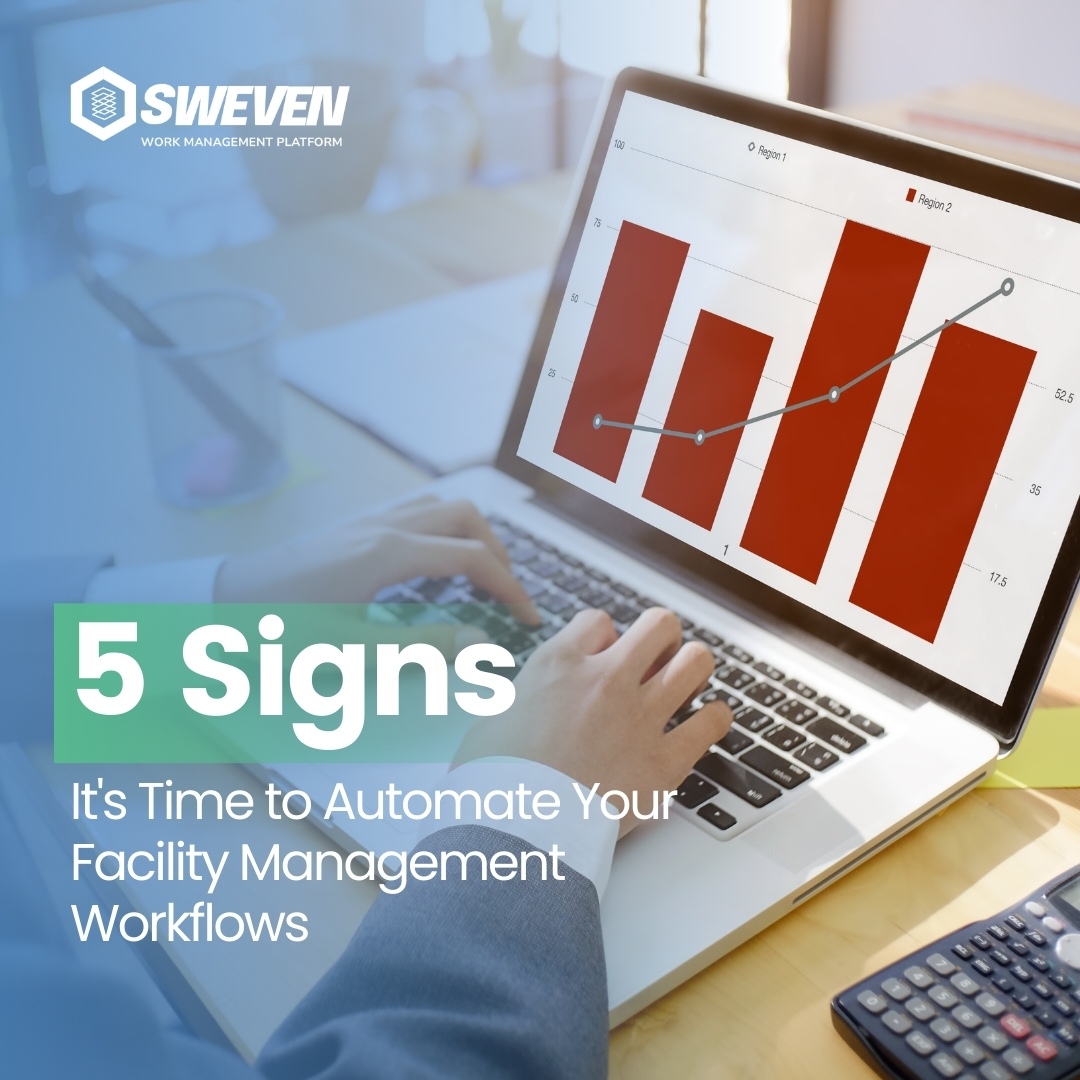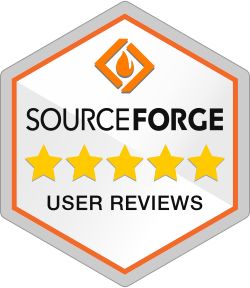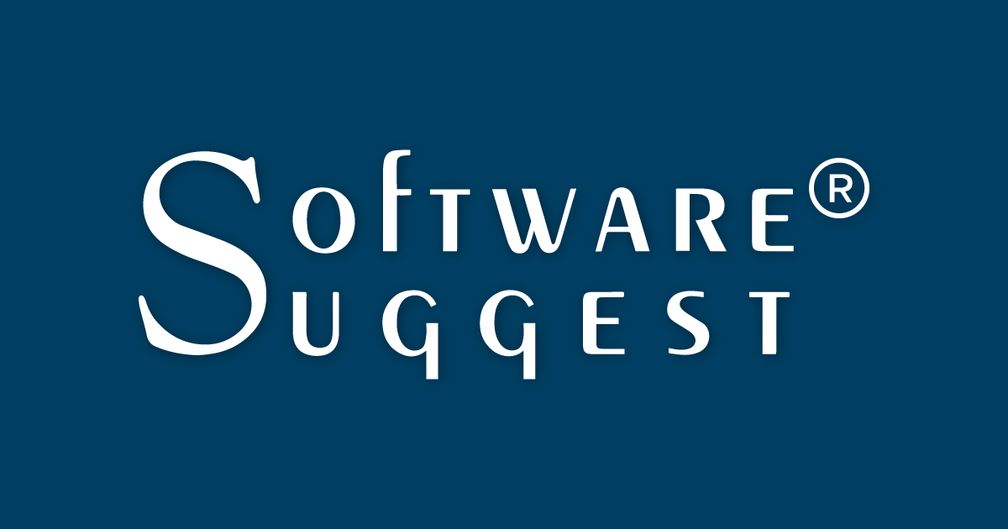
In today’s fast-paced and interconnected world, the ability to monitor operations in real-time is crucial for maintaining efficiency, ensuring safety, and optimizing performance. However, many organizations struggle with limited real-time monitoring capabilities, relying on outdated systems that provide only periodic updates and reactive responses to issues. This gap in monitoring can lead to inefficiencies, higher operational costs, and missed opportunities for improvement. The implementation of IoT-enabled sensors offers a powerful solution, providing continuous monitoring that can transform the way businesses operate.
Understanding the Pain Point: Limited Real-Time Monitoring Capabilities
Limited real-time monitoring capabilities present several challenges for organizations:
- Delayed Response: Without real-time data, organizations may not be able to respond promptly to issues, leading to prolonged downtime and potential damage.
- Inefficiencies: Periodic monitoring can miss critical data points, resulting in inefficiencies and suboptimal performance.
- Higher Costs: Reactive maintenance and issue resolution are often more expensive than proactive approaches enabled by continuous monitoring.
Lack of Insight: Limited data restricts the ability to perform thorough analyses and make informed decisions, hindering strategic planning and optimization efforts.

Solution: Implementing IoT-Enabled Sensors for Continuous Monitoring
IoT-enabled sensors provide a comprehensive solution to the challenges posed by limited real-time monitoring. By leveraging the Internet of Things (IoT), organizations can deploy sensors that continuously collect and transmit data, offering real-time insights into various aspects of operations.
Continuous Data Collection
IoT-enabled sensors continuously gather data from various sources, providing a real-time view of operations.
- Environmental Monitoring: Sensors can monitor temperature, humidity, air quality, and other environmental factors to ensure optimal conditions.
- Equipment Performance: Sensors can track the performance of machinery and equipment, detecting anomalies and predicting potential failures before they occur.
- Operational Metrics: Track key performance indicators (KPIs) in real-time, such as production rates, energy consumption, and system health.
Real-Time Alerts and Notifications
One of the significant advantages of IoT-enabled sensors is the ability to send real-time alerts and notifications.
- Immediate Response: Receive instant alerts when sensors detect abnormal conditions, enabling swift action to mitigate issues.
- Customizable Thresholds: Set specific thresholds for various parameters, ensuring that alerts are relevant and actionable.
- Integration with Systems: Integrate sensor data with existing systems to automate responses, such as adjusting climate controls or shutting down equipment to prevent damage.
Data Analytics and Insights
IoT-enabled sensors not only provide real-time data but also facilitate advanced analytics and insights.
- Predictive Maintenance: Analyze sensor data to predict when maintenance is needed, reducing downtime and maintenance costs.
- Performance Optimization: Use data insights to optimize processes, improve efficiency, and enhance overall performance.
- Historical Analysis: Maintain a historical record of data for trend analysis, helping to identify patterns and areas for improvement.
Enhanced Security and Compliance
Continuous monitoring with IoT-enabled sensors can also enhance security and compliance efforts.
- Security Monitoring: Deploy sensors to monitor security systems, detect breaches, and ensure the integrity of physical and digital assets.
- Regulatory Compliance: Ensure compliance with industry regulations and standards by continuously monitoring critical parameters and maintaining detailed records.
Benefits of IoT-Enabled Sensors
The implementation of IoT-enabled sensors for continuous monitoring offers numerous benefits:
- Increased Efficiency: Real-time data enables more efficient operations and proactive issue resolution.
- Cost Savings: Reduce maintenance costs and prevent costly downtime with predictive maintenance and timely alerts.
- Improved Decision-Making: Access to comprehensive, real-time data supports better decision-making and strategic planning.
- Enhanced Safety: Monitor environmental conditions and equipment performance to ensure safe operating conditions.
Scalability: IoT solutions can scale with the organization, accommodating growing data needs and expanding operations.

